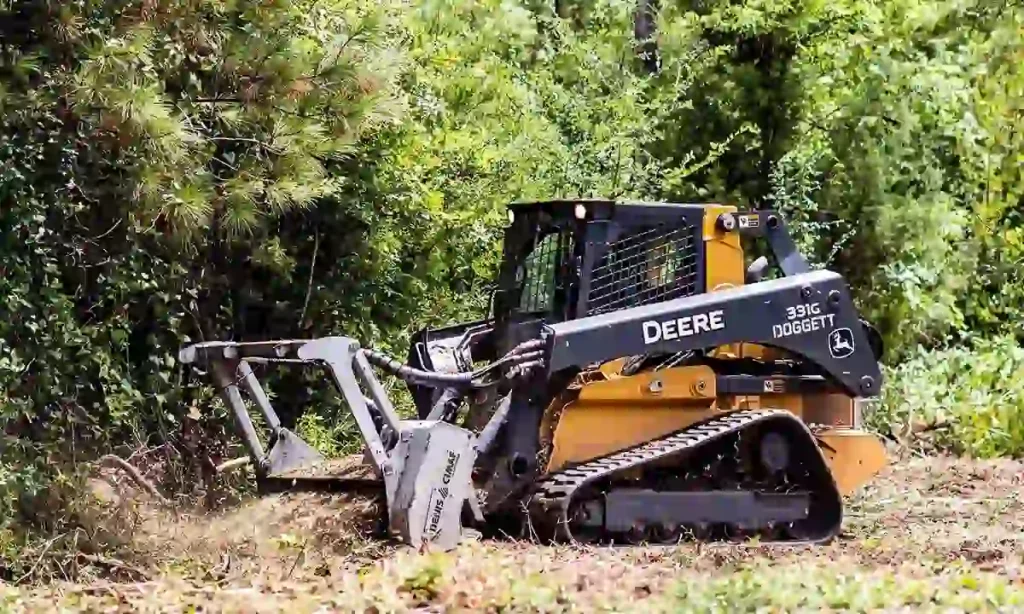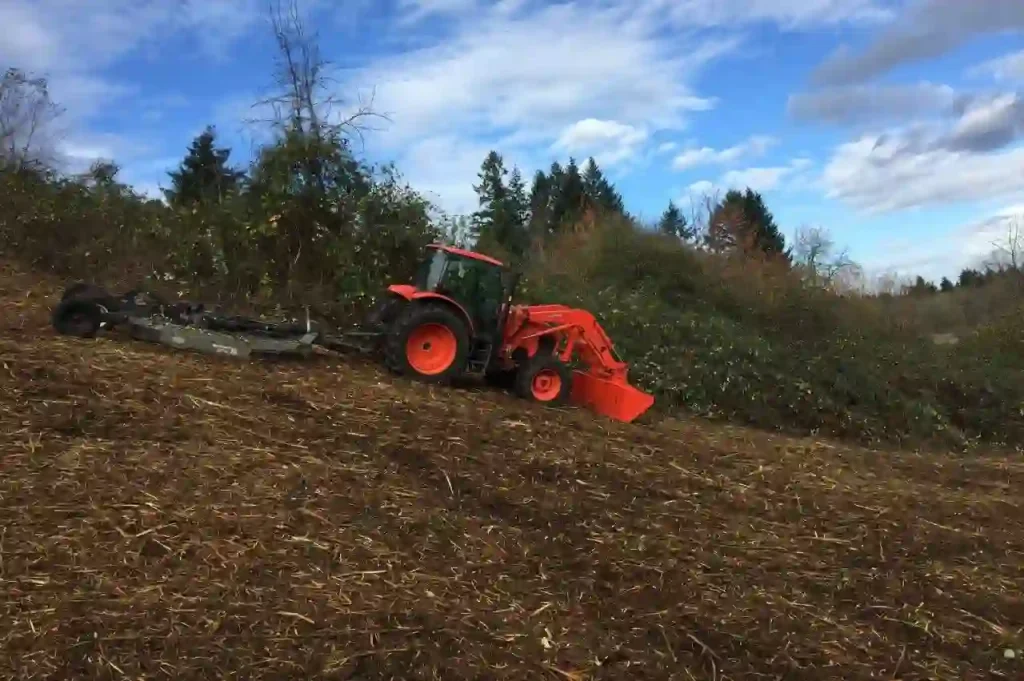In this article, Rightway Forestry will deliver why professional land management services are so crucial in the beautiful community of Lake Saint Louis. The Land management experts play a vital role in preserving the area’s natural charm while ensuring responsible development. They know the ins and outs of local regulations, making sure that projects comply with environmental and land use laws. With their help, the community can strike a perfect balance between progress and conservation, guaranteeing sustainable growth for the future. So, whether it’s safeguarding the environment, enhancing property values, or engaging with the community, professional land management services are the backbone of Lake Saint Louis’s thriving and picturesque landscape.
So, in Lake Saint Louis, having professional land management services is super important. They help take care of land and make it awesome! Let me tell you, understanding the land management process is like following a recipe. Step-by-step, they handle everything from planning to maintenance. It’s a game-changer!
Environmental Conservation
Environmental conservation is all about protecting and preserving our precious natural world for ourselves and future generations. Through active measures and responsible actions, we can safeguard our ecosystems, wildlife, and resources. Environmental conservation involves a wide range of efforts, from reducing pollution and promoting sustainable practices to conserving biodiversity and mitigating the impact of climate change.

Sustainable Development
Sustainable development is an essential concept for building a better future for everyone. Sustainable development is all about meeting the needs of the present without compromising the ability of future generations to meet their own needs. It’s like finding a harmonious balance between economic growth, social progress, and environmental protection. By implementing sustainable practices, we can create thriving communities, preserve natural resources, and ensure a healthier planet for the long haul. Sustainable development can lead us towards a more prosperous and environmentally friendly tomorrow.
Compliance with Regulations
When it comes to any project or activity, following the rules is crucial to ensure a smooth and lawful process. Whether it’s a construction project, land use change, or environmental initiative, understanding and adhering to regulations at the local, state, and federal levels is a must. Compliance not only keeps us on the right side of the law but also helps protect the environment, public safety, and community interests.
Preserving Community Aesthetics
We all know how important first impressions are, and the appearance of our neighborhoods and public spaces plays a significant role in creating a sense of pride and belonging. Preserving community aesthetics involves carefully planning and maintaining the visual appeal of our surroundings. From well-maintained green spaces and thoughtful landscaping to aesthetically pleasing architecture, it all contributes to a welcoming and vibrant community.
Enhanced Property Values
When our neighborhoods look attractive and well-maintained, it positively impacts property values. Well-managed communities, with beautiful landscapes and thoughtful urban planning, tend to attract more buyers and investors. As property values increase, homeowners can potentially build more equity and financial stability. Additionally, higher property values mean increased revenue for local governments through property taxes, which can be invested back into the community for better amenities and services.
Risk Mitigation
Life is full of uncertainties, and it’s crucial to take proactive steps to minimize potential risks. Risk mitigation involves identifying potential hazards and developing strategies to avoid or reduce their impact. Whether it’s assessing natural disasters like floods and landslides, or understanding potential dangers in construction and development projects, risk mitigation ensures the safety of people and the protection of property and resources.
Efficient Land Use
Efficient land use is all about making the best use of available land resources while considering environmental, social, and economic factors. By carefully planning and designing our urban areas and developments, we can create more sustainable and functional spaces. This means optimizing land for various purposes, from residential and commercial areas to parks and green spaces.
Community Planning and Engagement
When it comes to essential land management tips for shaping the places we live in, it’s crucial to involve the people who call those places home. Community planning and engagement bring together residents, stakeholders, and decision-makers to collaboratively design the future of their neighborhoods. By seeking input, feedback, and ideas from the community, planners can create more inclusive and responsive development projects. It’s all about understanding the unique needs and aspirations of the people who live and work in the area, ensuring that the final plans truly reflect their vision.
Open Space Preservation
In the hustle and bustle of urban life, open spaces offer a breath of fresh air and a sanctuary for nature to thrive. Open space preservation involves protecting and maintaining these valuable areas, such as parks, greenbelts, and natural landscapes. By safeguarding these spaces, we ensure recreational opportunities, biodiversity, and a healthier environment for all. Open spaces also play a significant role in enhancing the quality of life for residents, providing places to relax, exercise, and connect with nature.
Efficient Infrastructure Development
Efficient infrastructure development involves careful planning and strategic execution of projects such as roads, utilities, and public facilities. By optimizing resources and adopting innovative solutions, we can create robust and sustainable infrastructure that meets the needs of the growing population. Not only does this lead to smoother transportation and improved connectivity, but it also enhances the overall quality of life for residents.

FAQs:
- What is the integrated land use management system?
The integrated land use management system is a comprehensive approach that considers social, economic, and environmental factors to guide the sustainable use and development of land resources. It aims to balance competing interests and optimize land use for the benefit of communities and the environment.
- What is land use system classification?
Land use system classification involves categorizing and organizing different types of land use practices based on their specific characteristics and purposes. It helps in understanding and managing land resources effectively for various socio-economic and environmental objectives.
- What are different types of land called?
The different types of land are called land uses, which include categories such as residential, commercial, agricultural, industrial, and recreational. Each land use serves specific purposes and activities within a community or region.
- What are the characteristics of land?
The characteristics of land include its physical attributes, such as size, shape, topography, and soil composition, as well as its location and potential uses for various activities and developments. These factors play a crucial role in determining the value and suitability of land for different purposes.
Conclusion
We’ve explored the many facets of efficient infrastructure, land management services and its significant impact on our communities. By prioritizing efficiency, we can ensure that our projects are well-planned, resource-conscious, and future-ready. This approach leads to smoother traffic flow, better connectivity, and enhanced access to essential services, ultimately improving the overall well-being of residents. Efficient infrastructure development also plays a crucial role in attracting businesses, fostering economic growth, and creating job opportunities. As we continue to invest in sustainable and forward-thinking infrastructure, we lay the foundation for vibrant and resilient communities that can thrive for generations to come.

